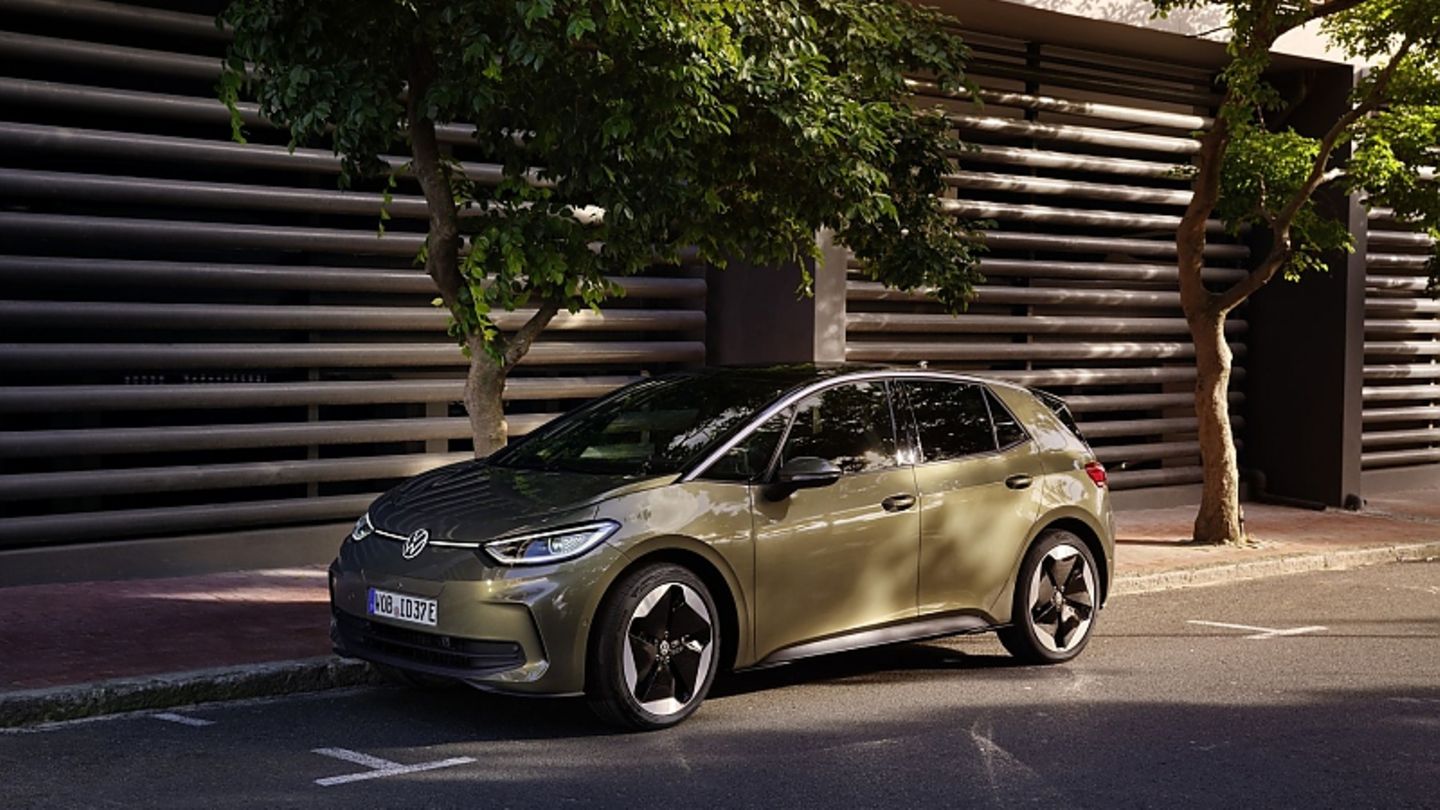Heat pumps relieve the batteries and thus increase the range of an electric car by around ten percent. However, this technique also has its limits.
Heat pumps are currently on everyone’s lips. If the federal government has its way, these devices should make a significant contribution in the future to ensuring that buildings are heated independently of fossil fuels such as natural gas or oil. “Heat pumps can make use of ambient heat very efficiently for heat supply. Heat pumps extract energy from the air or ground and then reuses it to heat buildings,” the executive branch said in a statement. What does all this have to do with cars? some. Because even in electric cars, heat pumps help to heat and cool the interior, relieve the battery and thus increase the range.
Saving electricity is the top priority, especially with an electric car. Because every consumer, i.e. radio, heated rear window, the massage seats or the USB connection for charging the smartphone sucks energy from the batteries. If you activate the cigarette lighter, for example, there are around 0.18 kilowatt hours extra per 100 kilometers and with the front and rear window heating even around 0.8 kWh/100 km.
Basically, a heat pump works in reverse like an air conditioner or refrigerator. It extracts the heat from the interior and releases it to the environment, and with the heat pump it is just the opposite. In electric cars like the VW ID.3, the compressor compresses the liquid refrigerant. This creates heat that heats the cold air flowing along. The principle works at low temperatures, but also in summer to cool the interior. Another source of heat is the battery itself, which heats up during operation (known from smartphones). The heat pump also helps to cool the battery, as its heat is also used to heat the interior. Apart from that, the energy consumption of a heat pump is significantly lower than that of a conventional electric heating system, since often only the compressor of the heat pump has to be operated.
You get about two to three times the heat output what you invest in electricity. Converted to the electric car, that is around ten percent of electricity savings, with a range of 400 kilometers that would be around 40 kilometers extra. However, a number of parameters influence this value, including the outside temperature, the efficiency of the powertrain and the number of consumers activated. The advantages of the heat pump have also led to a rethink at Mercedes. After the EQS has so far dispensed with this technology with reference to the efficient drive train, the luxury electric vehicle and the technically closely related EQE will soon also have a heat pump.
This technique is not entirely free. Even after the facelift of the ID.3, Volkswagen charges 990 euros for the heat pump. The situation is similar with the new ID Buzz. The Kia EV6 is also around 1,000 euros. It is standard on vehicles such as the Tesla Model Y or BMW i4, but the bottom line is that it is not free. The question now is whether the extra costs are worth it or whether you should rather invest your money in culinary delights at your favorite Italian restaurant. Common sense will immediately find a catch in the functional principle of the heat pump. Where is the heat supposed to come from when the temperatures are below zero? So when the temperature is below zero, the use of the heat pump is small.
This circumstance even prompted VW to reduce the surcharge for the heat pump by almost 300 euros and reimburse around 60,000 customers for the difference. The ADAC states soberly: “An expensive heat pump alone is no guarantee of efficiency, as current tests show. Rather, the overall heating package must be well coordinated.
Source: Stern
I’m a recent graduate of the University of Missouri with a degree in journalism. I started working as a news reporter for 24 Hours World about two years ago, and I’ve been writing articles ever since. My main focus is automotive news, but I’ve also written about politics, lifestyle, and entertainment.




